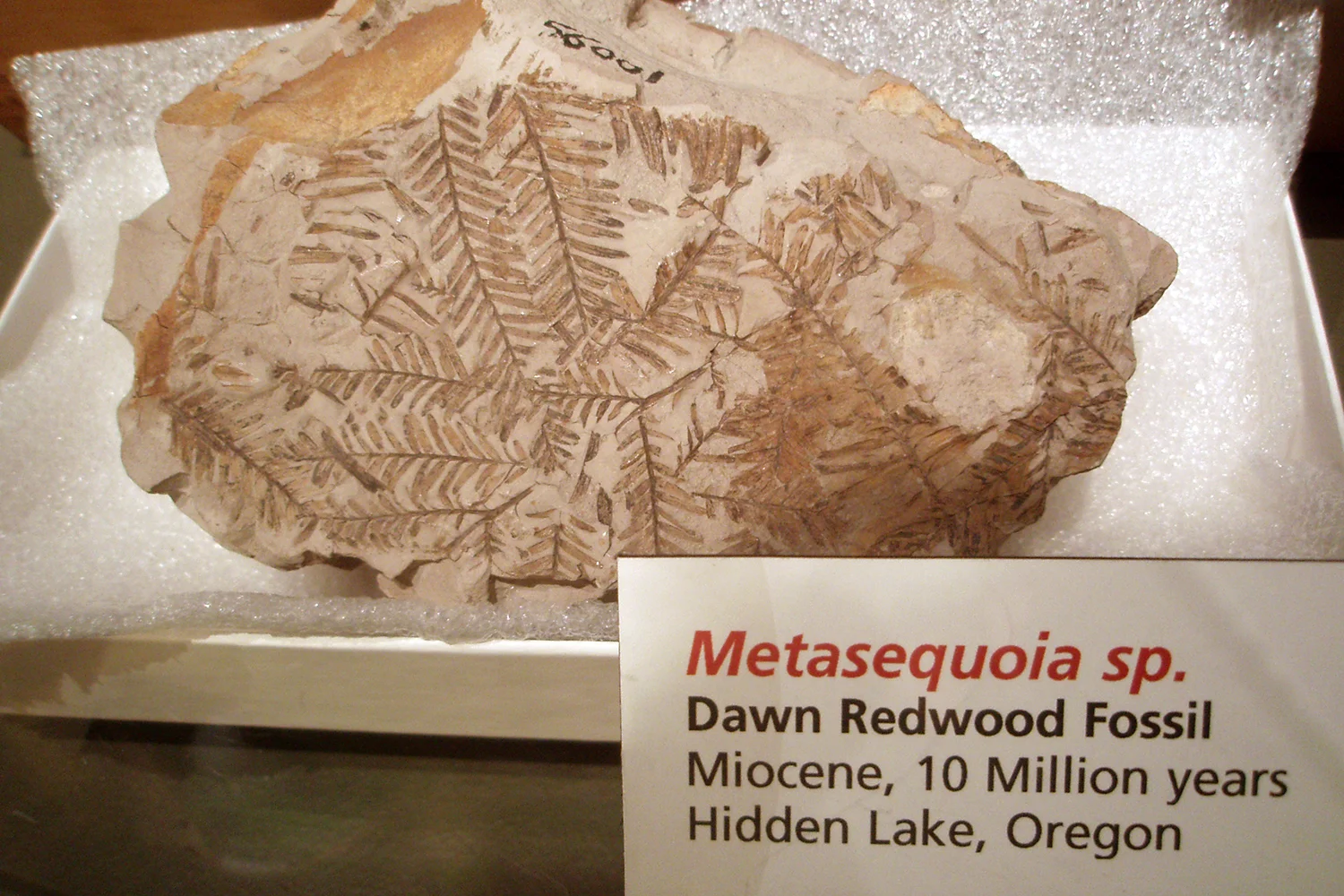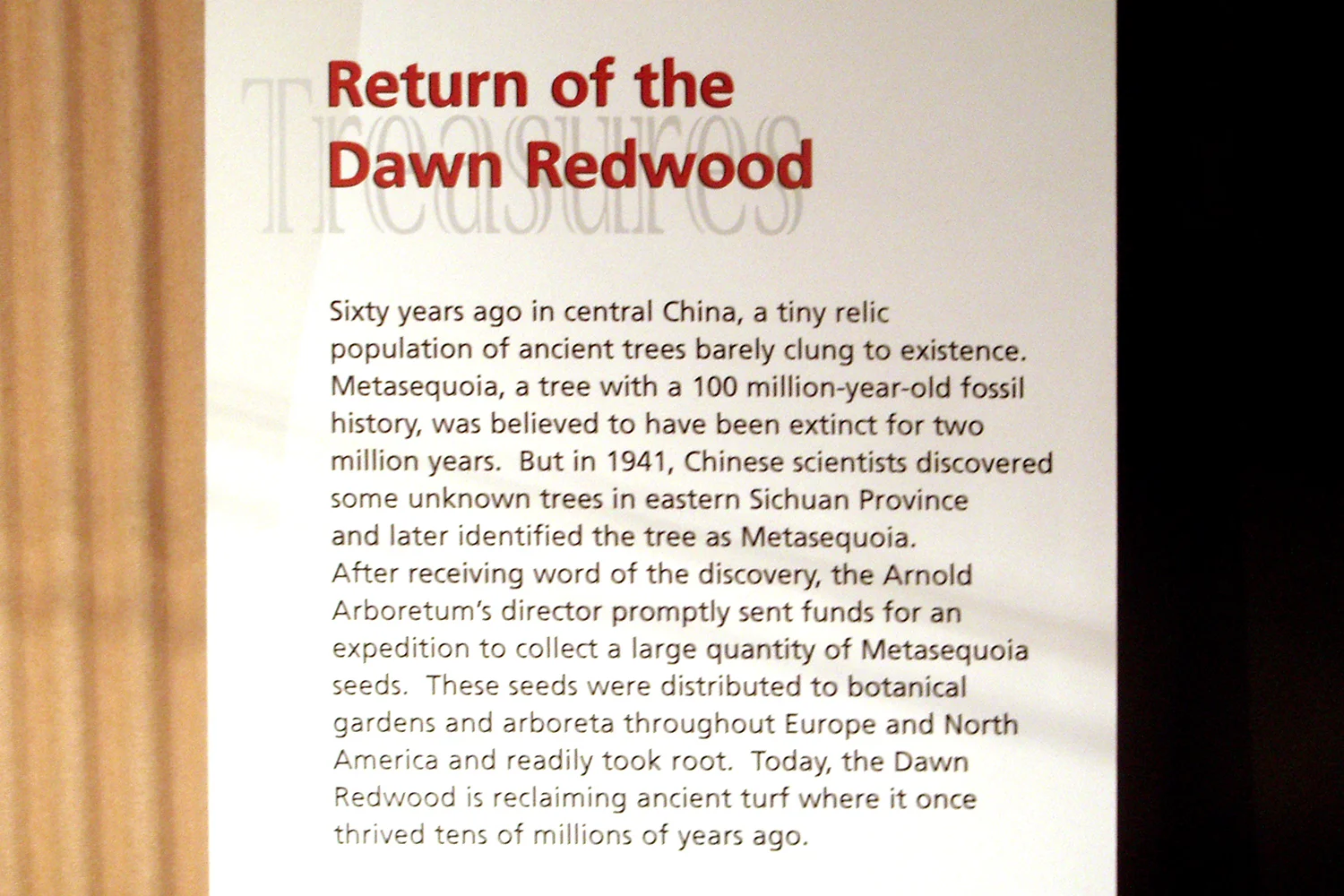
The Botanical Fainting Couch
The Botanical Fainting Couch is an interactive bronze bench, measuring roughly 96" l. x 50" d. x 48" h. It has a botanical taxonomy theme. Each letter has the texture of a different plant that is identified with the corresponding letter. A is for Acer, B is for Begonia, C is for Comptonia...
It was designed specifically for public garden spaces and is intended to excite and educate viewers of all ages about botany and plant identification. Site specific learning tools, maps, and interactive games can be designed around the BFC.
Each plant texture on the BFC contrasts with the next. Touching and engaging with each letter naturally leads to plant recognition.
Juglans (walnut) and Fucus (a seaweed), two surface textures of the BFC, are identified by their Latin genus.
H is for Hosta. Every letter of the alphabet is represented with a unique typographical style.
Children gravitate to the BFC, because they see the letters and like to find the whole alphabet. They look for the letter of their name, which leads to interest in the plant textures.
Educational programming and fun games are easily designed around the BFC. Such programming can be custom tailored to your setting, with references to local plants and trees.
Every garden space and cultural institution is different, and so is its mission. The BFC has plants from every region of the US, but would also be at home in any international setting. The Latin botanical genus identifications are universally used across the globe. Below are some examples of supporting materials and some additional facts about the BFC.
From A to Z, these are the taxonomical names of each plant. Common plants, such as Maple, Oak, Grape and Corn, can be found, but may require a little investigating in order to name them scientifically.
This brochure was designed for The BFC's visit to Heritage Museums and Gardens on Cape Cod. It helped to educate visitors about the BFC and the plants they could find at their site.
The map shows the locations of some of the plants on the BFC, and challenges people to find and identify these plants.
This is the lichen, Xanthoria, used for the X on the BFC. It was found on a gravestone in Woods Hole, MA, and its identity was confirmed by a botanists at Harvard University.
The fossil that secured Metasequoia's spot on the BFC. Found at Harvard University's Museum of Natural History.












